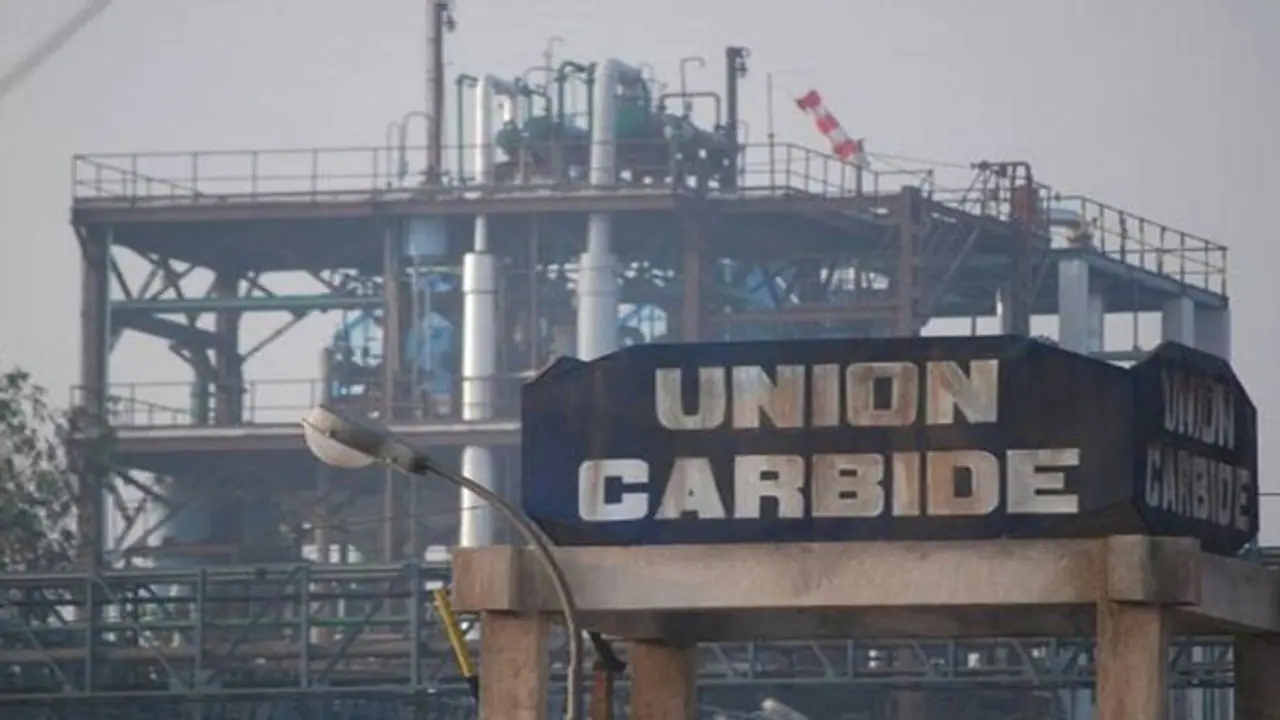40 years after the Bhopal gas tragedy, 337 tonnes of toxic waste removal begins. This operation addresses remnants of the disaster that killed thousands and impacted over 600,000. Learn about the meticulous process and safety measures.
Forty years after the Bhopal gas tragedy, the shifting of about 337 metric tonnes of chemical waste stored at the Union Carbide factory site commenced on Wednesday for its disposal. Over 15,000 people were killed and over 600,000 were impacted during the night of December 2, 1984, when a major release of methyl isocyanate (MIC) gas from the Union Carbide factory turned the city into a gas chamber.

The district administration, municipal corporation, health department, and pollution control board were all supervising the garbage, which was connected to fatalities in one of India's most deadly industrial catastrophes. The disposal will happen at a Pithampur site.
The waste was being transported in up to 12 fire- and leak-resistant containers, each of which could hold an average of 30 tons. Due to safety concerns, the procedure included about 100 workers, whose shifts were limited to 30 minutes. During the transfer of the chemical waste to containers, a 200-metre radius around the site was sealed. All entry points were closed and over 1,000 police officers were deployed for security.
The waste was being transported through Bhopal, Sehore, Dewas and Indore to reach Pithampur. The convoy of 12 containers was traveling at an average pace of 50 kilometers per hour to guarantee safe transit. There will be 25 vehicles traveling overnight, including police escorts, ambulances, medics, fire department units, and quick-response teams.
The garbage is made up of five different kinds of materials, including leftovers from the Union Carbide factory's Sevin insecticide. Additionally, methyl isocyanate (MIC), the gas responsible for thousands of fatalities during the catastrophe, was present at the site. Reactor wastes, polluted soil, and other chemicals utilized at the facility are examples of additional materials.
The toxic waste includes 162 metric tonnes of soil, 92 metric tonnes of Sevin and naphthol residues, 54 metric tonnes of semi-processed pesticides, and 29 metric tonnes of reactor waste.
It is considered to be among the worst industrial disasters in the world.
